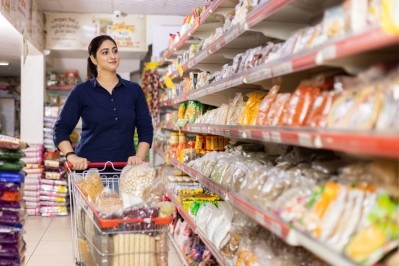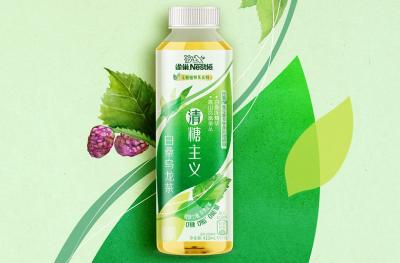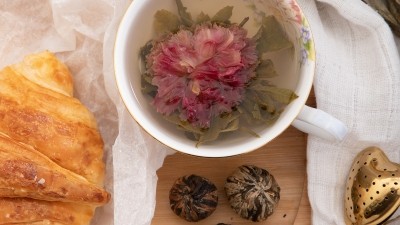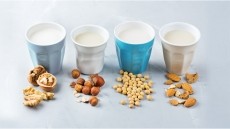Climate concerns: Unilever India taps coffee and tea premiumisation for faster growth amidst flat nutrition drinks performance
HUL recently announced its Q2FY2024 financial results, reporting 4% underlying volume growth year-on-year to a turnover of INR151.6bn (US$1.8bn), and 3% net year-on-year net profit growth to INR25.4bn (US$302.7mn).
The firm’s HFD portfolio mainly comprises its Horlicks and Boost nutritional drink brands, and has been a major focus of investment for HUL over the past several financial quarters to expand the reach of its food and beverage businesses.
However, in its most recent financial results press conference, the firm’s CEO and Managing Director Rohit Jawa highlighted that HFD is going to be more of a ‘medium to long-term commitment’ that could potentially take three to five years to come to fruition.
“On HFD, our job with these nutrition drinks is to grow the market because we believe there's a micronutrient deficiency opportunity for us to serve that gap [with] our Horlicks and Boost products,” he told the floor.
“Indeed, we are increasing in penetration and our products are getting to more consumers with more premium and value-added benefits [and] we do see all leading indicators of this category [such as] brand power at the highest ever and market shares even in a market that was muted in the last quarter.
“This category is a more medium to long-term commitment [and it’s] already sizable at INR5bn to INR6bn (US$59.6mn to US$71.6mn), and that's where we see growth. I don't want to specifically comment on one or two, three quarters as I'm seeing this more as a three-to-five-year game and that's what we committed on.
“We still haven't fully exploited the white space in North and West India and we will get there when we can prioritise that with adequate resources.”
That said, Jawa also revealed that this market has not seen growth in the past quarter, attributing this to the hot climate in India as Horlicks and Boost traditionally come in powder form and are diluted with warm water to be consumed as warm beverages.
“The market has not grown in the last quarter because of the extreme weather,” he said.
“But we will stay committed multiyear to grow this category given the fact that it also serves an important micronutrient need, [and] those nutrition needs are very urban in nature and also link very heavily to the per capita consumption growth.
“As the country develops, the need and desire for nutrition and health is a secular macro trend that Horlicks and Boost will be very, very well positioned to serve.”
Given the flat performance of this portfolio, HUL has turned to some of its other food and beverage brands to secure faster growth, most prominently its premium coffee and tea ranges.
“In coffee, we are foraying into premium roast and ground coffee format including coffee pods and easy pour,” he added.
“We have launched a range of specialty coffee under the Bru Southern Trails branding [to] build on HUL’s rich heritage and deep expertise in coffee as we continue to premiumise the portfolio.”
HUL CFO Ritesh Tiwari added that premium teas in particular are showing strong growth.
“Our tea brands further strengthened market leadership this quarter, particularly the premium segments of Taj Mahal Tea, Green Tea and flavoured tea,” he said.
“With two years of tea pricing deflation, we have seen a down-gradation of the market, which actually means that while our premium tea products are growing, the mass end of the tea market is getting downgraded.”
Weathering the weather
There however remain concerns that the weather might cause a recurrence of inflation in tea pricing, which could potentially lead to pricing adjustments in its tea products.
“In the last two years, market volume recovery has been gradual and much lower than what we would have liked due to the impact of sustained high inflation, combined with erratic weather patterns,” Jawa said.
“India was hit by one of its worst heatwaves this year with many parts of country experiencing record high temperatures. This was followed by rainfall deficit in the month of June and while we are seeing recovery in July, we need to be watchful on how the entire monsoon season pans out and the overall impact on agriculture.
“I do believe that going forward in the second half of the financial year, we should have low single-digit pricing [changes] unless there's a dramatic change that happens, [but] the only element which we are not sure of is tea.
“The tea crop has been impacted by the hot summer and in the near term it has gone up [and after] almost two years of deflation, we expect and hope that we are reaching a point where the prices start firming up again.
“But at this stage, I think we'll have to wait and watch with what happens with the next few months because the bulk of the buying season is still ahead of us.”
